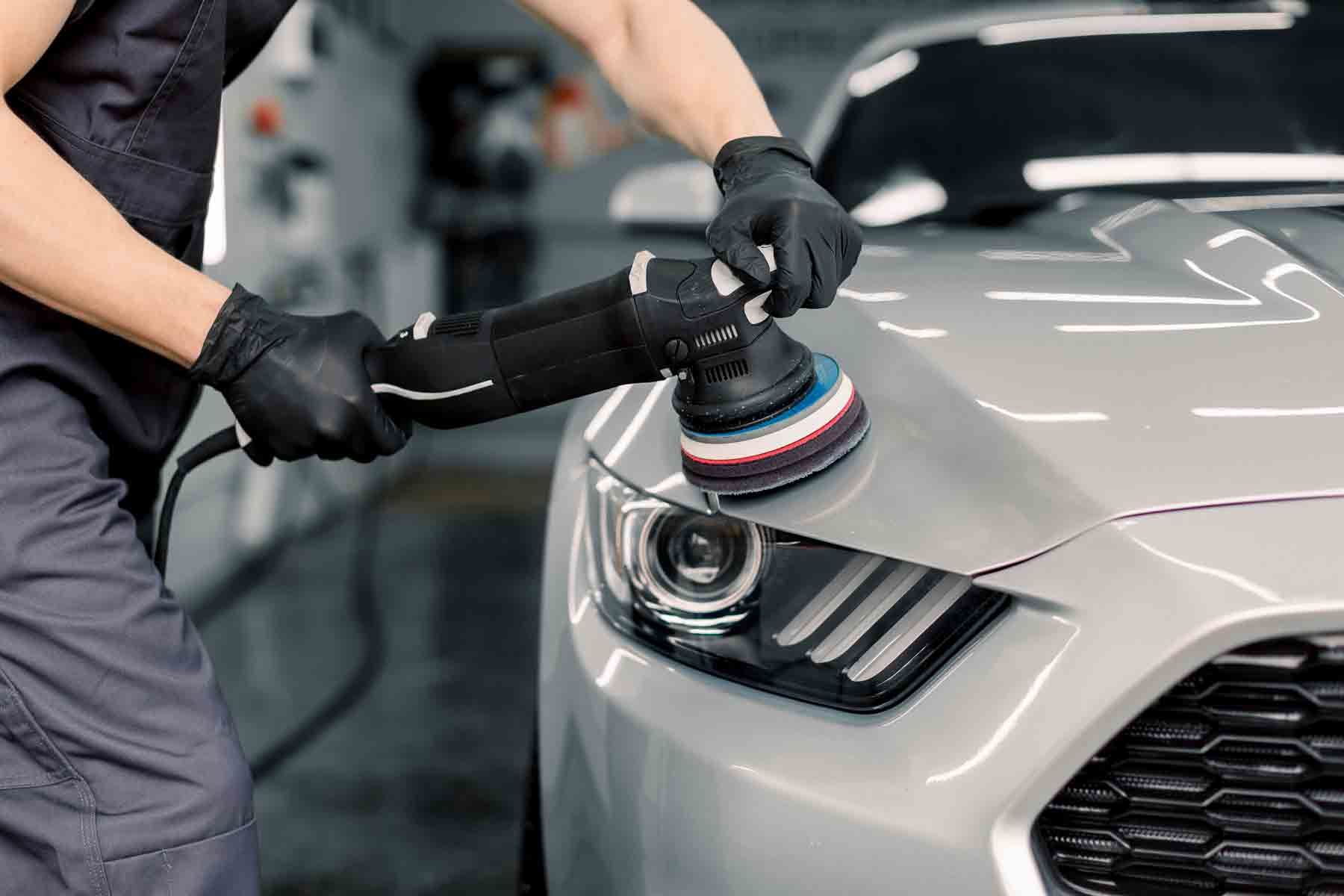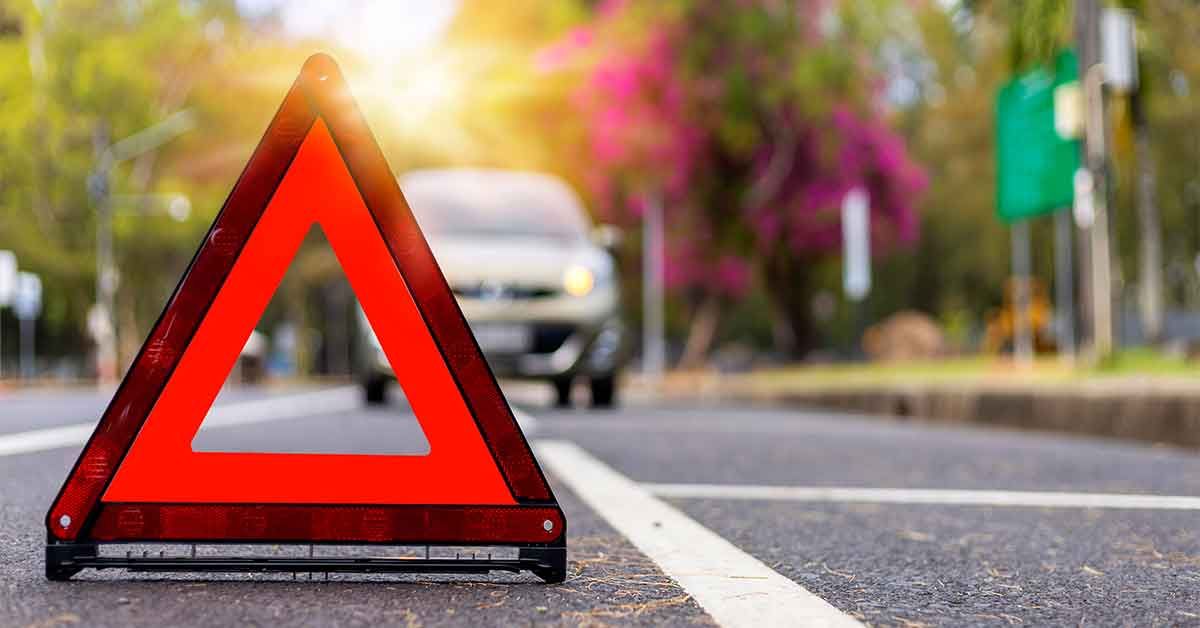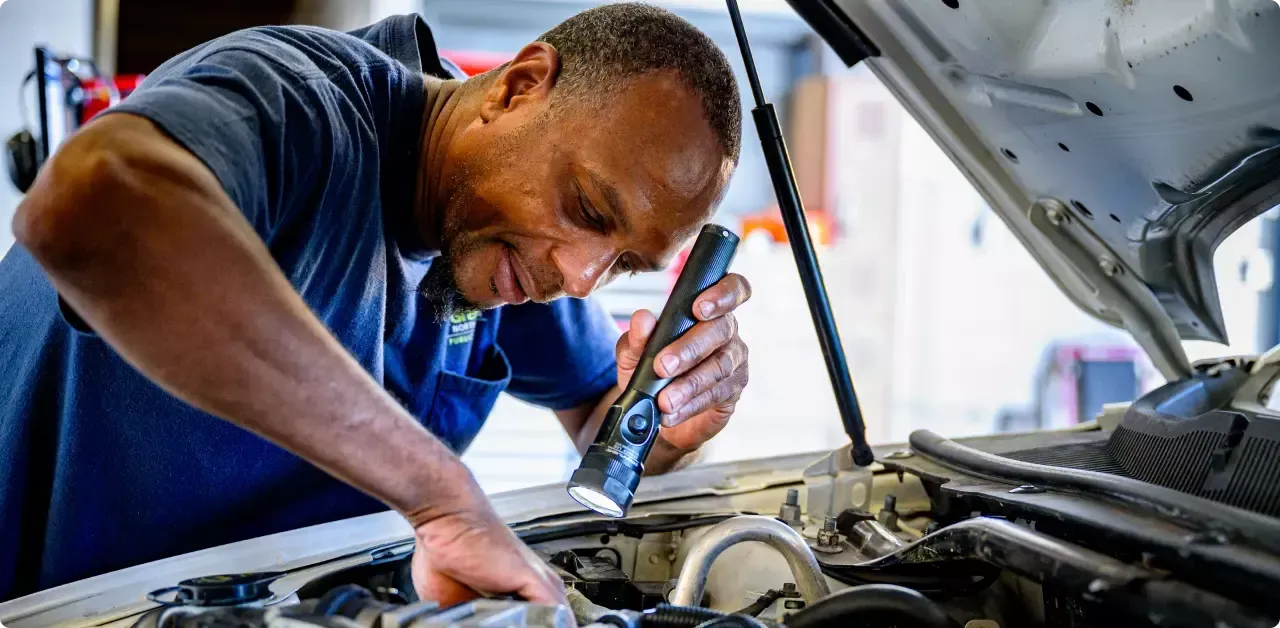4410 East Truman Rd
Kansas City, MO 64127
816-996-1203
qualitycontrol4410@gmail.com
Ultimate Used Car Buying Guide
DeMont Perry • June 10, 2024

Buying a used car can be an exciting yet daunting experience. Whether you're a first-time buyer or looking to upgrade your current vehicle, navigating the used car market requires careful research and consideration. This comprehensive guide will walk you through the essential steps to ensure a successful and satisfying used car purchase.
Step 1: Set Your Budget
- Determine how much you can afford to spend on a used car, considering factors such as your income, expenses, and any financing options.
- Remember to account for additional costs such as taxes, registration fees, insurance, and ongoing maintenance.
Step 2: Research and Narrow Down Your Options
- Research different makes and models to identify vehicles that meet your needs, preferences, and budget.
- Consider factors such as fuel efficiency, reliability, safety ratings, and features.
- Use online resources, such as car review websites, forums, and consumer reports, to gather information and read reviews from other owners.
Step 3: Check Vehicle History
- Obtain the vehicle identification number (VIN) from the seller and use it to request a vehicle history report from reputable sources like Carfax or AutoCheck.
- Review the vehicle history report to check for any past accidents, damage, title issues, odometer discrepancies, or recalls.
- Avoid vehicles with a history of major accidents, flood damage, or other red flags that could indicate potential problems.
Step 4: Inspect the Car in Person
- Schedule a test drive and thorough inspection of the used car to assess its condition and performance.
- Check the exterior for signs of damage, rust, or paint discrepancies.
- Inspect the interior for wear and tear, including seats, carpets, and dashboard components.
- Test all features and functions, including lights, air conditioning, heating, windows, locks, and entertainment systems.
Step 5: Have the Car Inspected by a Mechanic
- Consider hiring a professional mechanic to conduct a comprehensive pre-purchase inspection of the vehicle.
- A mechanic can identify any hidden issues or potential problems that may not be apparent during a standard inspection.
- Request a written report detailing the inspection findings and any recommended repairs or maintenance.
Step 6: Negotiate the Price
- Use the information gathered from your research, inspection, and vehicle history report to negotiate a fair price with the seller.
- Be prepared to walk away if the seller is unwilling to negotiate or if the price exceeds your budget.
- Consider factors such as market value, condition, mileage, and any needed repairs when determining a reasonable offer.
Step 7: Finalize the Sale
- Review all paperwork carefully, including the bill of sale, title transfer, and any warranty or service agreements.
- Ensure that all necessary documents are properly signed, dated, and filed according to state regulations.
- Arrange payment with the seller using a secure method such as a cashier's check, money order, or bank transfer.
Step 8: Transfer Ownership and Register the Car
- Complete the necessary paperwork to transfer ownership of the vehicle and register it in your name with the appropriate state authorities.
- Obtain new license plates and vehicle registration documents, and ensure that the car is properly insured before driving it off the lot.
Step 9: Maintain and Care for Your New Car
- Follow the manufacturer's recommended maintenance schedule to keep your used car in top condition.
- Regularly service and inspect the vehicle, addressing any issues or concerns promptly to prevent costly repairs down the road.
- Enjoy your new ride and make lasting memories on the road ahead!
By following these steps and taking the time to research, inspect, and negotiate, you can make an informed decision and find the perfect used car that meets your needs and budget. Happy car hunting!

By DeMont Perry
•
June 10, 2024
Achieving a showroom-worthy shine and keeping your car looking its best requires more than just a quick wash. Follow these expert car detailing tips and tricks to elevate your car cleaning game and maintain a pristine appearance inside and out. 1. Gather the Right Tools and Products Invest in high-quality car detailing products, including car wash soap, microfiber towels, a soft bristle brush, tire cleaner, glass cleaner, and interior detailing products. Use separate buckets for washing and rinsing to prevent cross-contamination and scratches. 2. Start with a Thorough Wash Rinse the car thoroughly to remove loose dirt and debris. Use a mild car wash soap and a soft mitt or sponge to gently wash the exterior, starting from the top and working your way down. Pay attention to areas prone to dirt buildup, such as wheel wells, door jambs, and undercarriage. 3. Focus on the Details Use a soft bristle brush to clean intricate areas such as grilles, emblems, and crevices. Clean the tires and wheels using a dedicated tire cleaner and a brush to remove brake dust and grime. Dry the car thoroughly with a microfiber towel to prevent water spots. 4. Polish and Protect the Paint Apply a high-quality car polish or wax to protect the paint and enhance its shine. Use a dual-action polisher for larger surface areas and a hand applicator for smaller, intricate areas. Follow the manufacturer's instructions for application and buffing to achieve a smooth, glossy finish. 5. Clean and Condition the Interior Vacuum the interior thoroughly to remove dirt, dust, and debris from carpets, seats, and upholstery. Use a mild interior cleaner and a soft brush to clean surfaces such as dashboard, door panels, and center console. Apply a leather conditioner to leather seats and surfaces to keep them soft and supple. 6. Don't Forget the Windows and Glass Use a streak-free glass cleaner and a microfiber cloth to clean windows and mirrors. Apply the cleaner in a circular motion and buff to a sparkling shine for maximum clarity and visibility. 7. Protect Exterior Surfaces Apply a coat of protectant or sealant to exterior surfaces such as trim, plastic, and rubber to prevent fading and deterioration. Use a UV protectant specifically formulated for automotive use to shield against sun damage. 8. Maintain Regularly Schedule regular car detailing sessions to keep your vehicle looking its best and protect its resale value. Touch up areas as needed between detailing sessions to address minor imperfections and maintain a clean appearance. 9. Consider Professional Detailing Services If you're short on time or lack the expertise or equipment, consider hiring a professional detailing service for a thorough and expertly executed detailing job. Professional detailers have the knowledge, tools, and products to achieve superior results and address specific detailing needs. 10. Enjoy the Results Step back and admire your handiwork as you bask in the gleaming beauty of your freshly detailed car. Take pride in knowing that your car looks its best and is well-protected against the elements. By following these car detailing tips and tricks, you can achieve professional-quality results and keep your car looking showroom-ready year-round.

By DeMont Perry
•
June 10, 2024
Facing a roadside emergency can be stressful and overwhelming, but being prepared and knowing what to do can make all the difference. Follow these essential tips to stay safe and handle common roadside emergencies effectively. 1. Stay Calm and Assess the Situation Remain calm and pull over to a safe location as soon as possible, such as the shoulder of the road or a nearby parking lot. Turn on your hazard lights to alert other drivers to your presence and signal that you need assistance. 2. Contact Emergency Services if Necessary If you or anyone else is injured, or if there's a risk of danger to yourself or others, call 911 immediately. Provide your location, a brief description of the situation, and any relevant details to the emergency dispatcher. 3. Call for Professional Assistance If your vehicle needs mechanical assistance or towing, contact your roadside assistance provider or a reputable towing service. Keep your roadside assistance provider's contact information handy in your phone or glove compartment for quick access. 4. Stay Safe While Waiting Stay inside your vehicle with the doors locked and windows rolled up, especially if you're in an unfamiliar or unsafe area. If you need to exit the vehicle, do so carefully and stand away from traffic, preferably behind a guardrail or barrier. 5. Communicate Clearly with Service Providers Provide detailed information about your location, vehicle make and model, and the nature of the problem to the roadside assistance provider or tow truck operator. Follow any instructions or recommendations they provide to ensure a safe and efficient resolution. 6. Use Emergency Supplies if Available If you have emergency supplies in your vehicle, such as a first aid kit, reflective vest, or roadside flares, use them to enhance visibility and safety. Consider keeping additional items like water, non-perishable snacks, a flashlight, and a blanket in your car for emergencies. 7. Be Wary of Strangers Offering Help While some people may genuinely offer assistance, be cautious of strangers approaching your vehicle, especially in isolated or unfamiliar areas. Trust your instincts and only accept help from individuals you feel comfortable with or those who are clearly identified as authorized personnel. 8. Stay Informed and Plan Ahead Familiarize yourself with basic vehicle maintenance tasks, such as changing a tire or jump-starting a battery, and keep necessary tools and supplies in your vehicle. Regularly check your vehicle's condition, including tire pressure, fluid levels, and battery health, to prevent unexpected breakdowns. 9. Follow Up and Take Precautions After receiving assistance, follow up with your roadside assistance provider or mechanic to ensure that any necessary repairs or maintenance are completed. Take precautions to prevent future roadside emergencies, such as scheduling regular vehicle inspections and addressing any maintenance issues promptly. 10. Express Gratitude and Share Feedback Express gratitude to the individuals who provided assistance during your roadside emergency, whether they're professional service providers or Good Samaritans. Share feedback with your roadside assistance provider or towing service to acknowledge exceptional service or provide constructive feedback for improvement. By following these emergency roadside assistance tips and staying prepared, you can navigate unexpected challenges on the road with confidence and peace of mind.

By DeMont Perry
•
June 10, 2024
Regular maintenance is essential for keeping your car running smoothly and ensuring its longevity. Use this checklist to stay on top of your vehicle's maintenance schedule and keep it in peak condition. Monthly Maintenance Check Tire Pressure: Inspect tire pressure using a tire gauge and ensure it matches the recommended PSI listed in your vehicle's owner's manual. Inflate or deflate tires as needed. Inspect Tread Wear: Check tire tread depth and look for signs of uneven wear or damage. Replace tires if tread depth is below the recommended level. Check Fluid Levels: Check engine oil, coolant, brake fluid, power steering fluid, and windshield washer fluid levels. Top up or replace fluids as necessary. Inspect Belts and Hoses: Check belts and hoses for signs of wear, cracks, or leaks. Replace any damaged components. Test Lights and Signals: Test headlights, taillights, turn signals, brake lights, and hazard lights to ensure they are functioning properly. Check Battery: Inspect the battery terminals for corrosion and ensure they are securely connected. Test the battery's charge and replace if necessary. Inspect Wiper Blades: Check wiper blades for signs of wear or damage. Replace blades if they are streaking or not clearing the windshield effectively.
services
Car Sales
Diagnostic Services
Auto Repairs
Auto Detailing
Tow Services
Lock-Out Services
business hours
- Mon - Fri
- -
- Saturday
- -
- Sunday
- Closed
24/7 Emergency Towing Service





